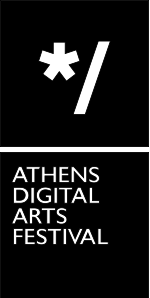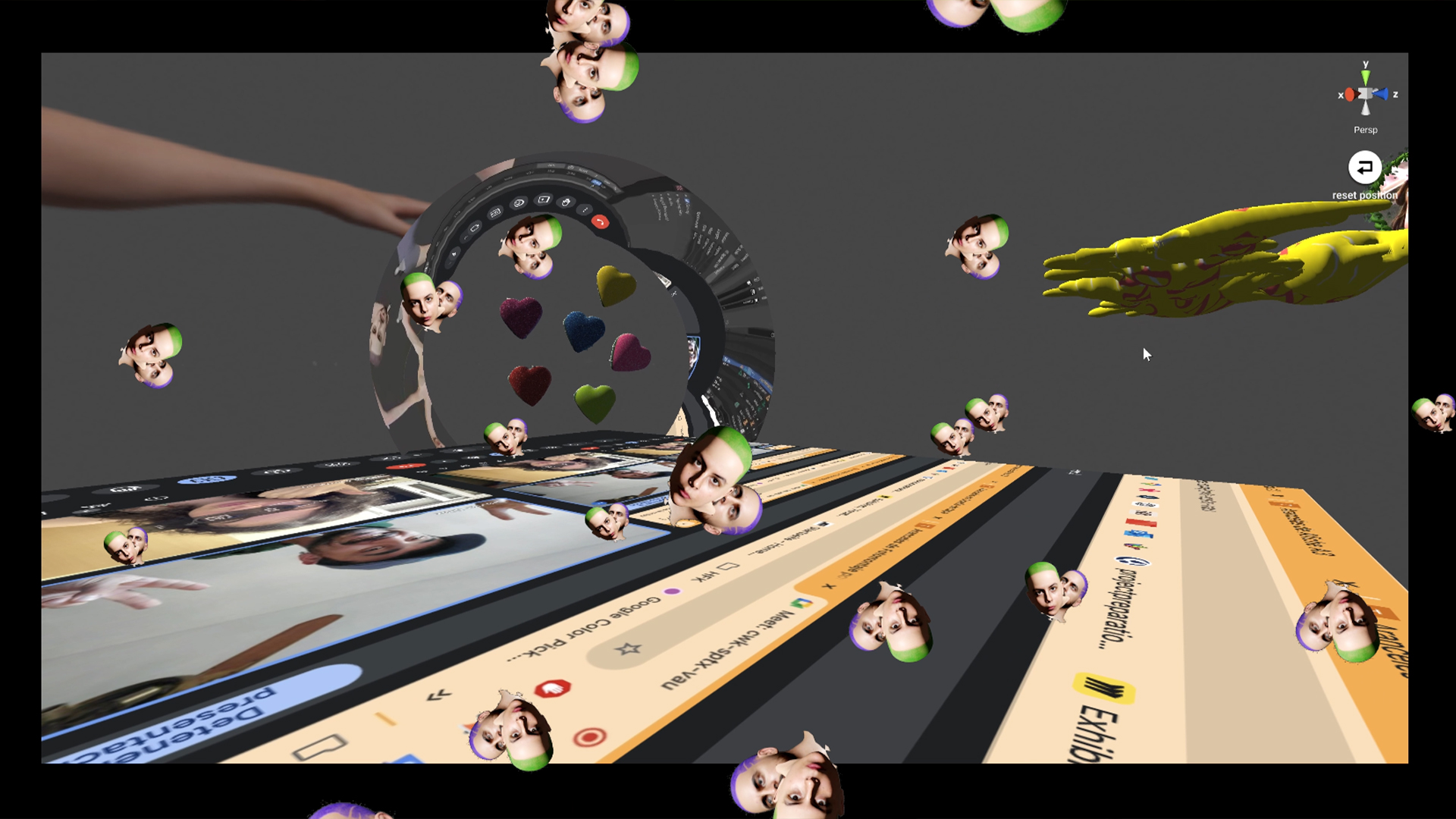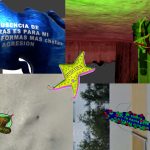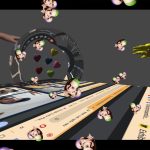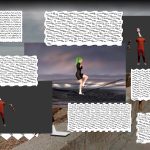“Spatial Practices” emerges from a simple question: how can we create collectively while being more than 11,400 km apart? How does artistic collaboration unfold between friends? Being here, living there, creating across distances. Our exchanges happen through WhatsApp audios, texts, emails, Instagram reels, memes, new ROSALÍA songs. What experiences shape our individual lives and what do we share them? What bridges connect our fragments? Where do we meet? How do we sustain each other? This project is a platform for friendship-driven creation, resisting the isolating waves of capitalism and individualism. In a world that often prioritizes productivity and commodification over connection, we reclaim the act of creating together as an act of care. Here, art and technology merge to shape our new ways of being with others. This virtual space becomes a site of encounter, a metaphor for creation itself—an open gesture of resistance, a celebration of collective bonds.
Alina Bardavid
Alina Bardavid (1995) is a multimedia artist and DAAD scholarship recipient pursuing a Digital Media MA at the Hochschule für Künste Bremen. She holds degrees in Arts and Technologies (National University of Quilmes) and Audiovisual Media (National University of Tucumán). Since 2014, her work has explored the intersection of fiction, documentary, and video art, using diverse techniques and with a handcrafted approach. She has exhibited in national and international museums and has worked on projects related to Tucumán’s music scene and textile practices. Since 2019, she has expanded into digital experimentation, including AI generated films, sound, electronics, programming and 3D modeling.
Javier Díaz
Javier Díaz (Tucumán, 1992) is a multimedia artist and archaeology thesis student at the National University of Tucumán. He participates in research and artistic projects focused on cultural, sculptural, architectural, and archaeological heritage in Tucumán. Since 2020, he has developed interactive museographic devices and resources for provincial and national museums, using techniques such as photogrammetry, animation software, augmented reality, and 3D modeling of characters and objects.
